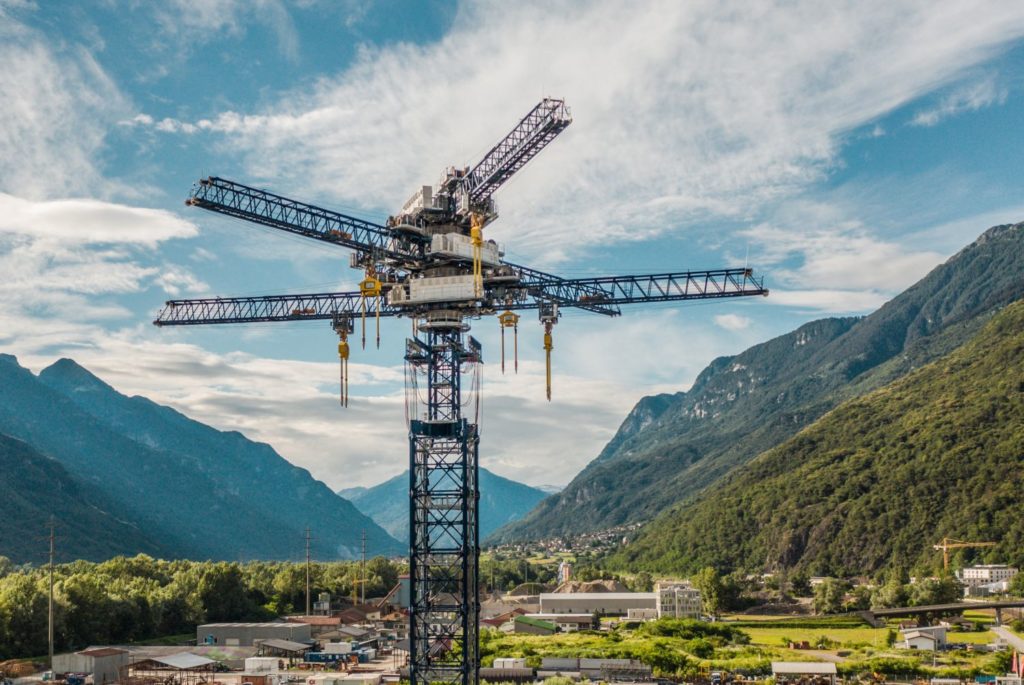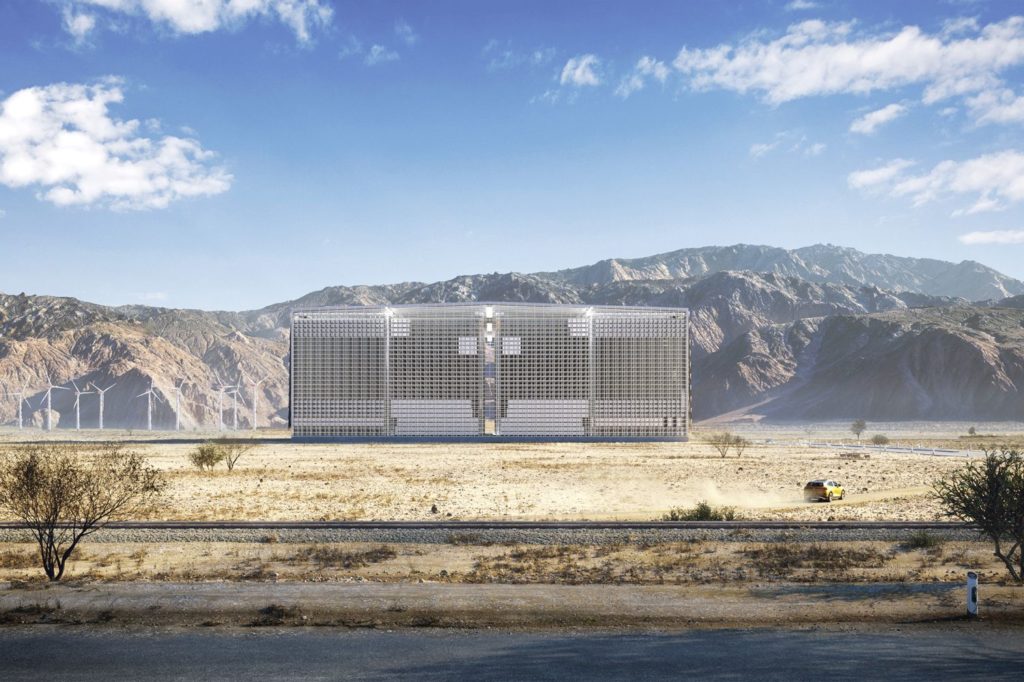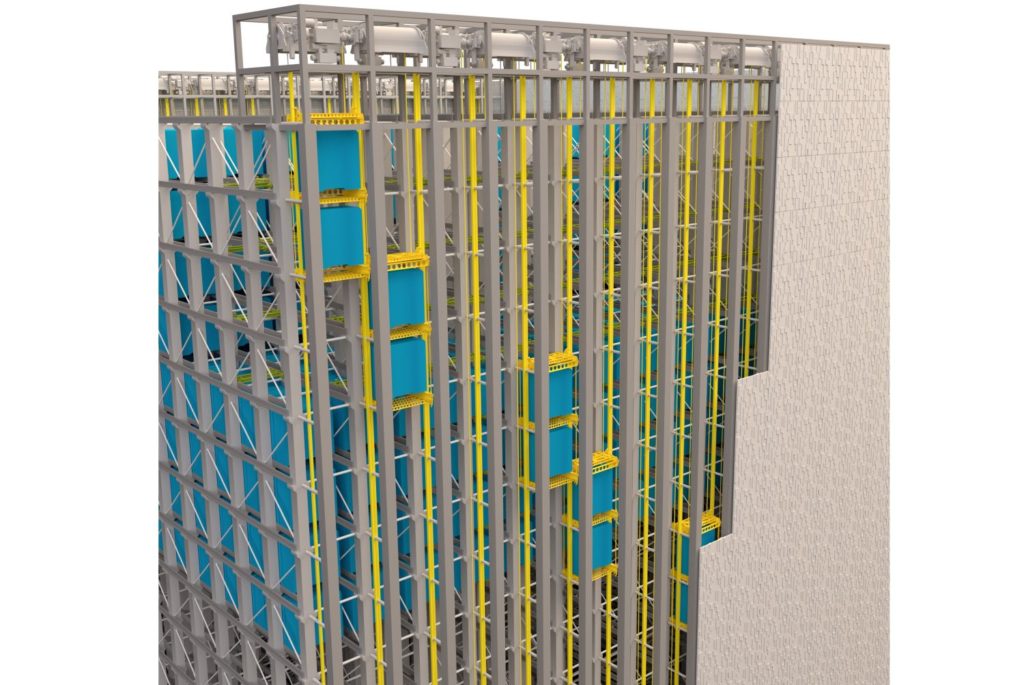Going high for the Energy Revolution
Author: Achim Geiger
Wind power and photovoltaic are the key technologies for the energy revolution. But in terms of availability, they are not always a safe bet. The wind gods are capricious – sometimes there is too much energy, sometimes there is too little. Therefore, we need sustainable technologies that store surplus electricity and make it available when needed.
The energy revolution needs renewable energies, preferably in large quantities and with high availability. The International Energy Agency (IEA) discusses precisely this in its “Flagship report Net Zero by 2050”, presented in Paris in May 2021, in which it shows its roadmap for global greenhouse gas neutrality. According to the report, renewable energies must account for around 90 percent of electricity generation in 2050. For this to work, around 1,000 gigawatts of additional electrical capacity would have to be added by wind and solar energy every year until 2030 alone. However, it will be far from enough to have a plethora of wind turbines turning diligently in the wind and large photovoltaic systems pointing their modules toward the sun. The weather gods are notoriously capricious, so sometimes there is too much energy, sometimes too little. One obvious solution is to store surplus capacity and then feed it into the grid during lulls. Pumped storage power plants that can store large amounts of energy would be great from an ecological point of view. However, not many countries have resources like Norway, where over 95 percent of electricity is generated by hydropower. For the time being, battery technologies, with their high storage requirements and long storage periods, are also no alternative for energy supply, as the Fraunhofer Institute for Systems and Innovation Research (ISI) states in its “Technology Roadmap Stationary Energy Storage 2030”.
The idea for a novel gravitational power plant is as simple as it is ingenious
Swiss engineering could now offer a new approach to ensure that energy does not go to waste. Technology company “Energy Vault” from Lugano wants to store energy with the help of gravity. The novel gravitational power plant transfers the operating principle of a pumped storage power plant to a land-based system – the difference being that the central medium there is not water but heavy composite blocks made of concrete. The idea is as simple as it is ingenious: The surplus electricity drives the electric motors in a crane that pulls the blocks upward on steel cables. Once in position, the weight takes up a positional energy equal to the lifting energy used. When electricity is needed, the system allows gravity to lower the block – the electric motors then work as generators and produce electricity. The underlying physics can be explained with the help of a calculator. The potential energy of a body is understood as the product of mass, acceleration due to gravity, and height. So what would be the yield of 5,000 concrete blocks, each weighing 35 tons, raised to a height of 120 meters?


The next generation of the Energy Vault stores several gigawatt hours
A prototype with exactly these specifications has been standing in the municipality of Arbedo-Castione in the Bellinzona district since August 2020. Mathematically, the capacity of this Energy Vault is around 57 megawatt hours (MWh) – in practice, the effective value is 35 MWh, while the output power is four megawatts. With these key data, the gravity storage system qualifies as an intermediate buffer to bridge lulls during the day or to feed energy into the power grid at night. However, this system does not work entirely without high-tech. After all, the interaction of lifting and lowering the composite blocks made from alternative cement and waste materials must be perfectly orchestrated. An AI-based software platform that also integrates technologies such as machine vision is responsible for automatic control. The tower’s efficiency is around 90 percent, according to Energy Vault. Meanwhile, the Lugano-based company is developing the next generation of the gravity storage system, which will take the overall performance up a notch. The facility’s designs are reminiscent of a giant high-bay warehouse, with algorithmically controlled blocks in constant motion within the building. The modular plant is designed to be expandable in ten megawatt hour increments up to a capacity of several gigawatt hours. The first contracts for the new plant are a done deal – for example, DG Fuels, a company from Washington, D.C., that specializes in the production of sustainable aviation fuel, has ordered capacities of around 1.6 gigawatt hours (GWh).
The cryogenic energy storage system from Great Britain is a high-tech solution
British inventiveness is also making a tangible contribution to the storage of electricity from renewable energies. The London-based company Highview Power is currently building the world’s largest liquid air energy storage facility in Carrington near Manchester, which will supply around 50,000 households with electricity for five hours, starting in 2023. This plant will also serve as a classic intermediate buffer. From a technical point of view, the solution appears more complex than the Swiss gravity storage system – the British rely on cryogenic liquids as a storage medium. In this so-called cryogenic energy storage, ambient air is compressed using surplus electricity from wind or solar power plants and liquefied by cooling it to minus 196 degrees Celsius. This liquid air can be temporarily stored in insulated low pressure tanks. When this energy is needed in the grid, the plant switches to the discharge cycle: It releases the liquid air from the tanks, which then expands and drives a turbine to generate electricity through evaporation. Incidentally, the plant incorporates a great deal of technology from MAN Energy Solutions. The Augsburg-based company is contributing the entire turbomachinery train – including various compressors, air expanders, and cryogenic components. The cryogenic battery is expected to provide 50 megawatts of power and at least 250 megawatt hours of electric energy. According to Highview Power, the technology can be scaled to provide several gigawatt hours of storage. However, its efficiency is still relatively low. The British company cites a ballpark figure of 60 percent, which can be increased to 70 percent by using waste heat and cooling to generate energy. Here, too, the first contracts have already been signed. In Spain, the regions of Asturias, Cantabria, Castilla y Leon, and the Canary Islands have already ordered their liquid air storage systems. A plant with a capacity of 400 MWh is planned for Vermont in North America.

